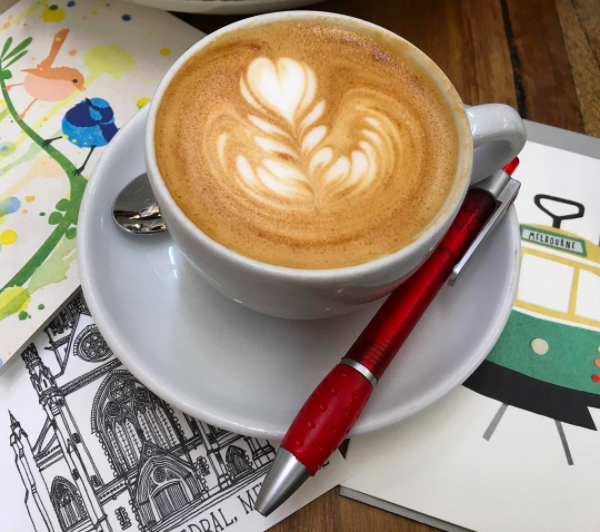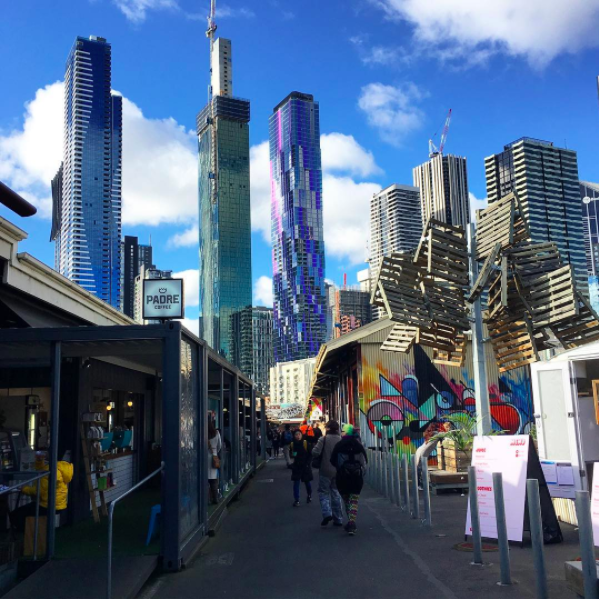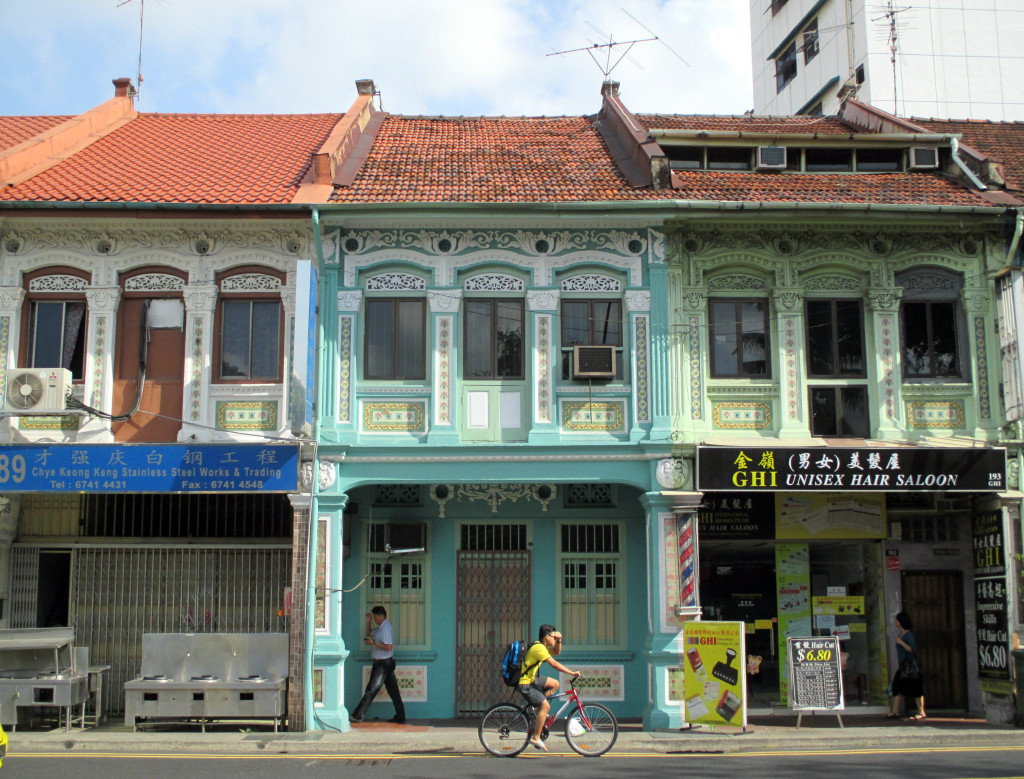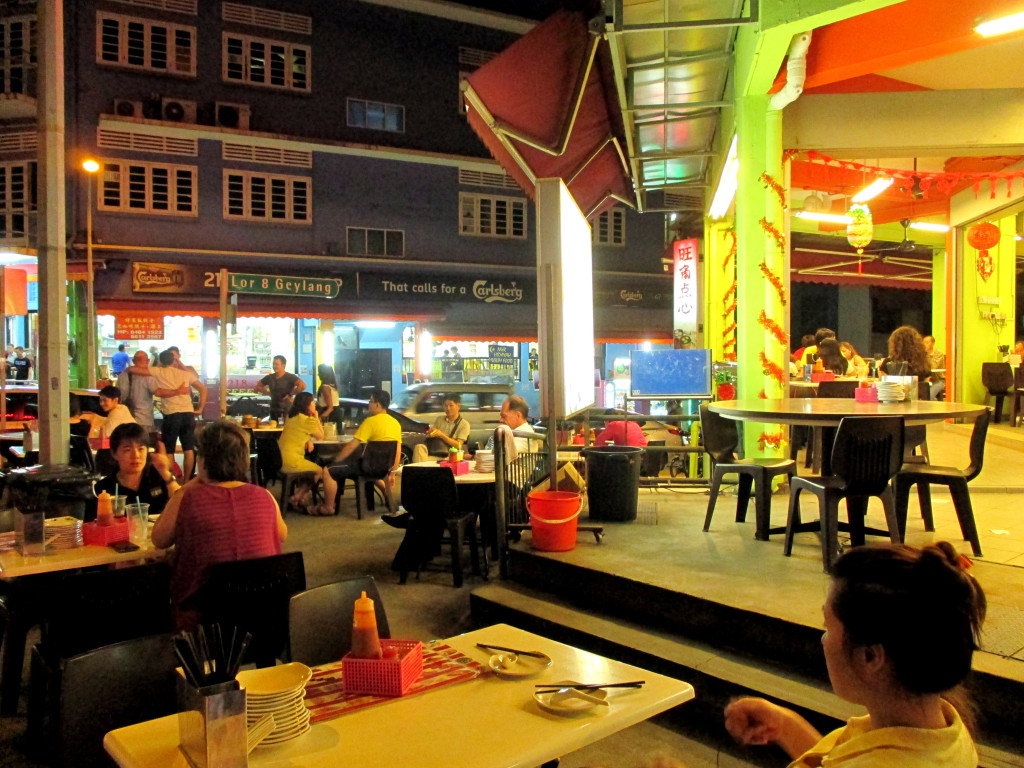What sets Australia’s cultural capital apart from other food-obsessed cities? Find out in my piece for the latest issue of the Singapore American Newspaper: Marvelous Melbourne!
If you’re from Boston or Chicago, Melbourne may feel familiar. Universities divide the streets among them. Historical structures are a natural part of the cityscape. Eschewing a single heart, the cities separate into a family of neighborhoods, each with its own twist on a fun night out and on the best meal in town. Melbourne’s character as a whole is laidback, artsy and friendly. Dogs greet strangers with wagging tails. Bartenders and waiters offer ready jokes and recommendations. Sports are taken seriously but don’t reach blood feud levels. The crowds that fill the Melbourne Cricket Ground are often the same ones to descend on the National Gallery.
The CBD is busy during the week but it lacks the frantic bustle of New York City or Singapore. After a few minutes of walking, the small cluster of skyscrapers melts into two-story buildings and old brick workers’ cottages re-appropriated into shops, restaurants, bars and of course, Melbourne’s famous coffee shops. Though second to Sydney in size, Melbourne is often considered Australia’s cultural capital and a stroll through the streets will illuminate why. Painted murals climb walls. Live music spills out of cafés. Poetry readings draw crowds to bookstores. The city boasts over a hundred galleries, the most resplendent being the National Gallery of Victoria. Architecture is quite European in style, with the grander landmarks dating back to Victorian times. Even small residences sport trimmings of vintage iron filigree. But Melbourne’s most well-known expression of creativity has to be its food scene. As a local friend commented, “It is difficult to get a bad cup of coffee here.”

Many cities are food-obsessed, but what sets Melbourne apart is its access to fresh, cheap produce. The majority of food and beverages are locally grown and high quality, from a modest sausage roll with a beer to elevated gourmet cuisine with a cocktail. International chain restaurants have a very minor presence. There are two large urban farms less than 5km from the city center, as well as 20 government-funded gardens on public housing estates. But the commitment to progressive, eco-friendly food preparation isn’t limited to restaurants and large ventures. With eight bustling fresh food markets and over 300 community gardens, the average city dweller can afford an organic lifestyle. I even strolled past a house with lemons and pomegranates growing around the entryway.
While there aren’t as many raw attractions and there isn’t as much for kids here as in Sydney, Melbourne is a veritable paradise for the indie crowd: architectural history buffs, coffee aficionados, musicians and artists. It’s also a very walkable city. Beginning with the grouping of the National Gallery, Arts Centre and Hamer Hall, stroll across the Yarra River to gaze up at the historic Flinders Street Railway Station. Weave through Chinatown to get to the majestic National Library and explore the cluster of bookshops in the area. Continue east for a peek at the art deco style Her Majesty’s Theatre and then the iconic 1850s Princess Theatre, before admiring the stately Parliament House and St. Patrick’s Cathedral. Northwards lies the Royal Exhibition Building surrounded by landscape gardens that possums bounce through after sundown. A few blocks west will take you to the trendy, quirky shops of Grattan Street, which is intersected by Lygon Street with its wealth of warm, lively restaurants and the famous Readings Carlton bookstore. Then, when your feet get tired and your mind is whirling, the dinging trams will carry you back to city center. That is, if you can resist stopping in to eat in every joint along the way.



